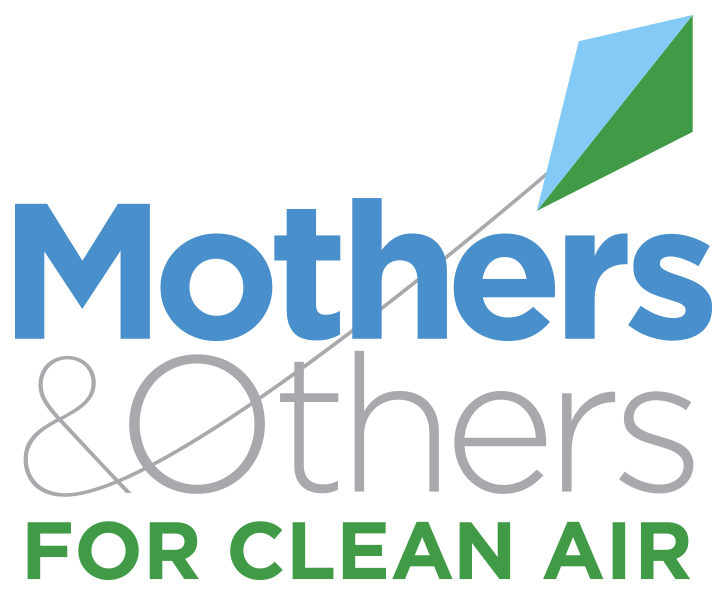China is facing serious issues involving energy sufficiency, greenhouse gas (GHG) emissions and air pollution caused partly by the rapid growth of vehicles. In order to relieve those problems, new energy vehicles are introduced into the bus and car market. We adopt life cycle analysis to evaluate the well-to-wheels (WTW) energy consumption, CO2 emissions and pollutant emissions from the traditional diesel bus and new energy buses, including diesel hybrid electric vehicles (HEVs), compressed natural gas vehicles (CNGVs) and battery electric vehicles (BEVs). This study reports the current situation and projects future scenarios for the BEV bus for several regions in China due to significant regional differences in the power generation mix. Compared to the diesel bus, the HEV bus can reduce petroleum, fossil fuel use and CO2 emissions by about 20%, and, at the same time, produce stable reduction benefits for all air pollutants. The CNG bus achieves reductions of WTW primary PM2.5 emissions by 70% over its diesel counterpart and, of course, uses little petroleum; but increases fossil fuel consumption moderately and has no benefit in GHG emissions. The BEV bus can deliver a substantial petroleum consumption advantage and greatly reduce the WTW NOX, VOC and CO emissions; but, if the electricity is generated from burning coal, the BEV bus has no PM2.5 emission benefit compared to the conventional diesel bus. Currently, the BEV bus increases fossil energy use and CO2 emissions in the coal-dominated regions; but, in the future, it can achieve substantially lower fossil energy use and CO2 emissions with more penetration of clean electric energy. To reach the win-win strategy, a city's initial reliance on diesel buses for the public fleet has to give way to a mixture of these new energy buses; and the fleet mix should be diversified over the region and modified over time to accommodate changes in these energy and environmental parameters.
Published Jun 1, 2015
Wang, R., Wu, Y., Ke, W., Zhang, S., Zhou, B., & Hao, J. (2015). Can propulsion and fuel diversity for the bus fleet achieve the win-win strategy of energy conservation and environmental protection? Applied Energy, 147, 92–103. https://doi.org/10.1016/j.apenergy.2015.01.107
